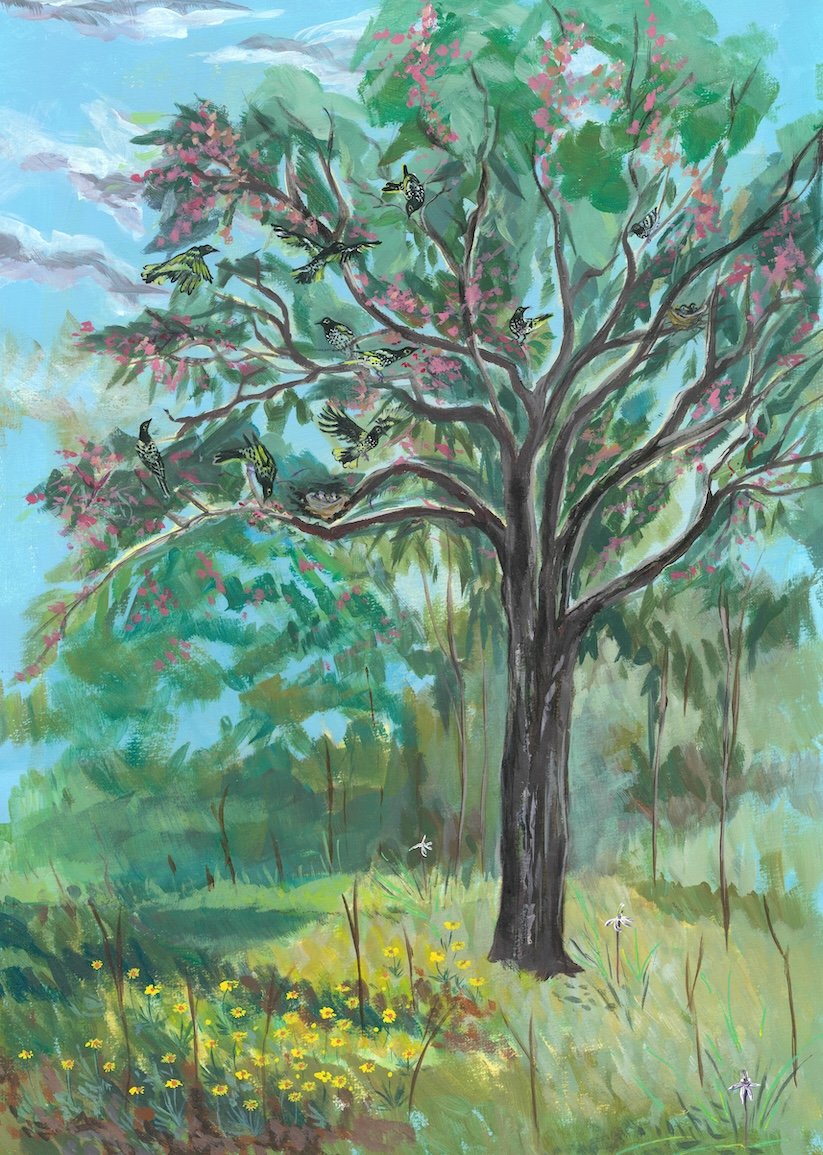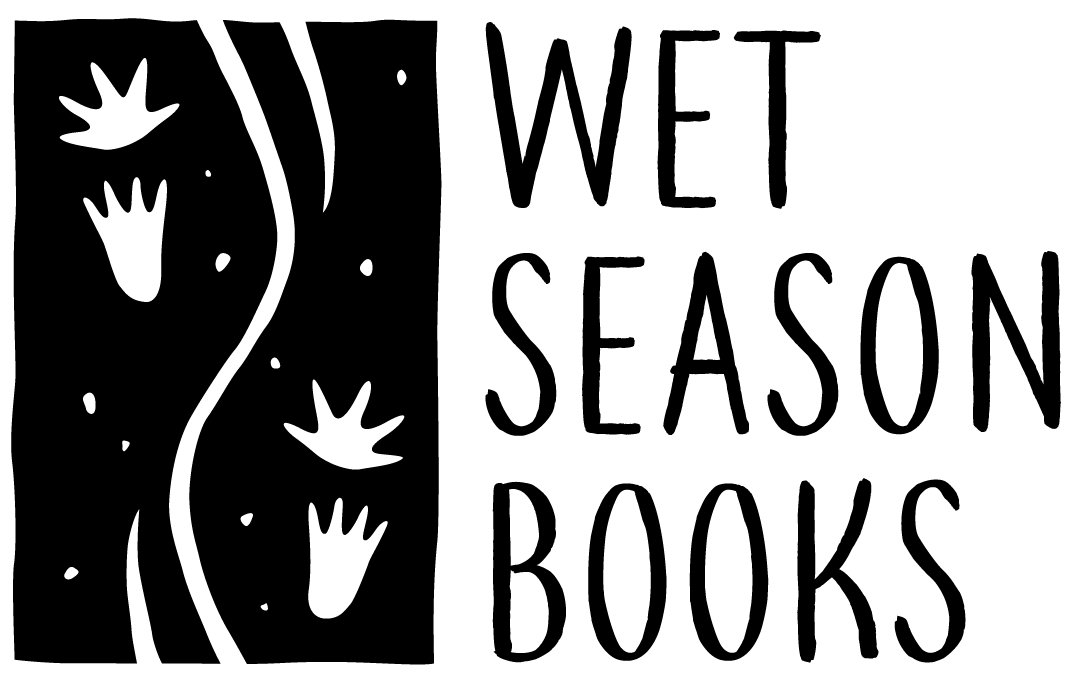
Sunny Finds His Song is a lyrical and beautifully illustrated story about a lonely Regent Honeyeater searching for his kin. Perfect for students from Year 1 to Year 6, this touching tale supports curriculum outcomes in English, Science, HASS, and The Arts while fostering an understanding of Sustainability as a cross-curriculum priority. Through the story and accompanying factual information, readers learn about the plight of the critically endangered Regent Honeyeater, the importance of box-ironbark woodlands, and how protecting these habitats helps a variety of species. Rich with the colours and textures of the Australian bush, this book inspires empathy, environmental awareness, and hope.
We really enjoyed researching the Regent Honeyeater for Sunny Finds His Song. Click here for a list of references and further reading.
Foundation to Year 2
Science
Biological Sciences:
Recognising how living things have needs (e.g., food, water, shelter) (ACSSU002, ACSSU211).
Exploring how living things grow, change, and depend on their environment (ACSSU030, ACSSU044).
English
Literature:
Exploring stories and ideas about animals and the natural world (ACELT1581, ACELT1586).
Creating texts to express understanding of animals and habitats (ACELY1661, ACELY1671).
Humanities and Social Sciences (HASS)
Geography:
Exploring natural, managed, and constructed features of places (ACHASSK031, ACHASSK037).
Years 3–4
Science
Biological Sciences:
Examining how living things depend on their environment and others for survival (ACSSU073, ACSSU044).
English
Literature:
Investigating how stories convey meaning about people, places, and environments (ACELT1596, ACELT1599).
Creating informative or imaginative texts about animals or conservation (ACELY1682, ACELY1694).
HASS
Geography:
Understanding the significance of environments to animals and people (ACHASSK088).
Learning about the importance of sustainable practices (ACHASSK090).
Years 5–6
Science
Biological Sciences:
Investigating structural features and adaptations that help animals survive (ACSSU043, ACSSU094).
Exploring the interconnectedness of ecosystems (ACSSU093).
Science as a Human Endeavour:
Learning how people use science to protect environments and endangered species (ACSHE083, ACSHE100).
English
Literature:
Analysing texts about environmental themes and creating narratives inspired by conservation issues (ACELT1608, ACELY1704).
HASS
Geography:
Investigating the influence of people on environments, particularly through conservation efforts (ACHASSK120).
Exploring environmental management and stewardship practices (ACHASSK121).
Cross-Curriculum Priorities
Sustainability:
Highlighting the need for sustainable practices to protect ecosystems and biodiversity.

